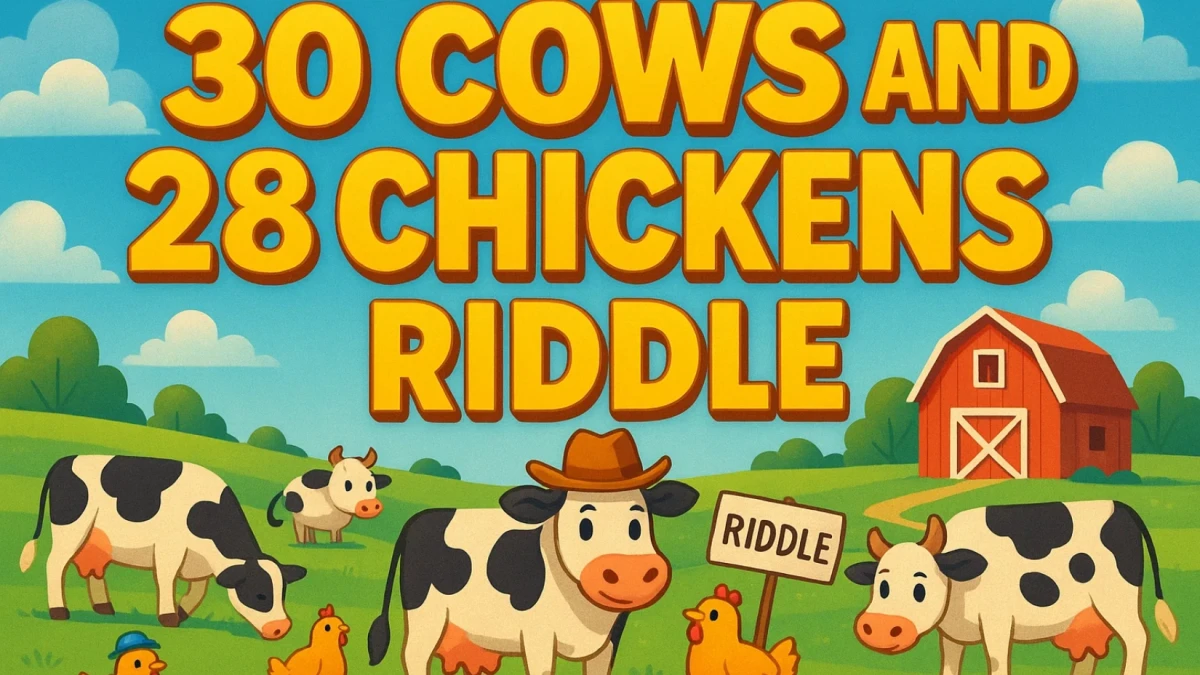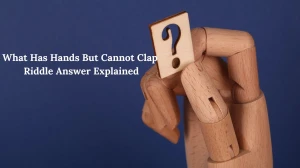The “30 Cows and 28 Chickens” Riddle
Riddles have a special way of making our brains work in unexpected ways. One popular brain teaser that has been puzzling (and tricking) people for years is:
"There are 30 cows and 28 chickens. How many didn’t?"
At first glance, this seems like a simple math problem — but the answer is actually hidden in the way the riddle is worded.
Understanding the Riddle
When most people read it as:
"There are 30 cows and 28 chickens. How many didn’t?"
-
There are 30 cows
-
There are 28 chickens
-
And you might think, “Okay, 30 cows + 28 chickens = 58 animals. But wait… ‘How many didn’t’ what?”
This confusion is the whole trick. The secret lies in reading it phonetically, rather than as a straightforward count.
The Hidden Wordplay
If you slow down and hear it aloud, you’ll catch the twist:
“There are thirty cows and twenty ate chickens. How many didn’t?”
Now it makes sense:
-
There are 30 cows.
-
Out of those cows, 20 ate chickens.
The question “How many didn’t?” now refers to the cows that didn’t eat chickens.
Solving the Riddle
Step-by-step:
-
Total cows = 30
-
Cows that ate chickens = 20
-
Cows that didn’t eat chickens = 30 − 20 = 10
Final Answer: 10 cows didn’t eat chickens.
Why This Riddle Tricks People
This brain teaser works because it relies on:
-
Ambiguity in spelling and pronunciation — "28" sounds like "twenty ate".
-
The assumption of a math problem — most people instantly see “30” and “28” as numbers to add or subtract, instead of parsing the sentence meaning.
-
Speed-reading habits — our brains auto-correct and make assumptions without stopping to question context.






